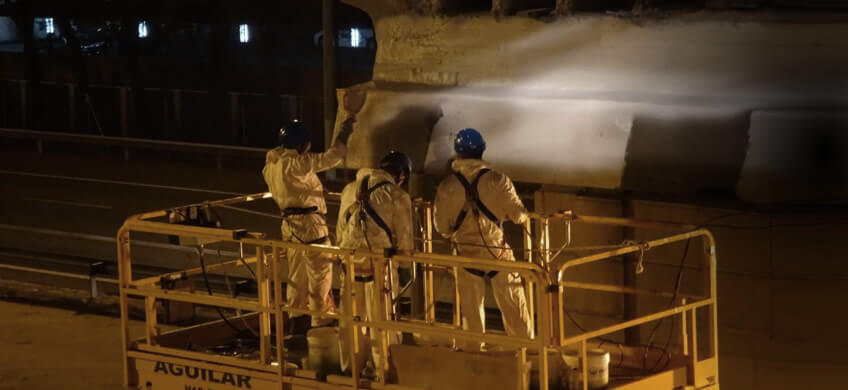
Emesa is looking towards a sustainable future with the use of products that are more respectful to the environment and has decided to apply cork insulation to preserve the structures of the M-30.
Cork insulation is a material developed with ground natural cork, resins and organic pigments, which makes it an ecological material whose main raw material comes from cork trees on our peninsula, which are a highly renewable source.
Apart from being an unbeatable thermal and acoustic isolator, cork insulation is a sealant which at the same time is breathable, creating a protective film that is around 3mm-thick, which covers and protects the structure.Its great adherence to any type of material and its finish makes it a versatile solution for different types of structures and diseases.
Climate actions (like the rain or wind) or the presence of water from filtrations between the structure’s elements (building joints or drips from drainage elements) can affect the parameters of the concrete or the metal in the structures, damaging the properties of the materials and therefore reducing the durability of the structures.As a result, the strucutres can suffer from different diseases such as efflorescences or damp stains which can lead to lacerations, crevices or cracks.
The ordinary maintenance action for protecting the concrete against the damaging effects of water is to treat the affected area by applying water-repellant nanotechnology.This treatment is colourless and so on occasions, after the product has been applied, the treated area needs to be repainted with compatible paint in order to achieve an attractive finish.For metal parameters, the ordinary maintenance action consists of blasting the affected surface with water or sand, then applying a layer of primer containing acrylic copolymers and then anti-corrosion paint.
An alternative to this water-proofing system is cork insulation.
The M-30 was the first to promote ecological materials, establishing one of the most important precedents of our country for civil work renovation projects, like the renovation of the half-wood supports on the bridge on Avenida del Mediterráneo over the M-30 which took place in 2017.
During 2018, as a part of the maintenance actions that are implemented every year on the M-30’s structures, Emesa introduced the water-proofing treatment using cork insulation as a protection system on ten brickwork bridges and three metal pedestrian walkways.
In conclusion, cork insulation is used to insulate, water proof and cover materials to avoid toxic and unncessary residue from building up, and it is therefore respectful to the environment.For this reason, Emesa has decided to use this material for renovations and for the maintenance works on the M-30’s structures.
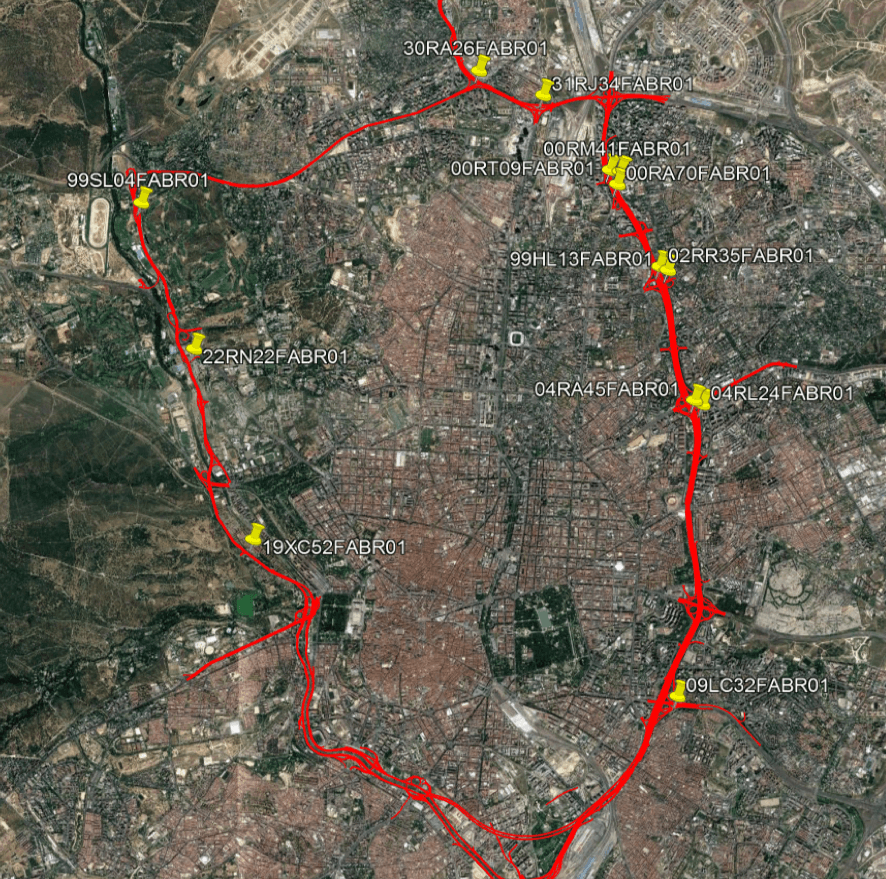
Orthophoto of the M-30 with the location of the structures treated with cork insulation
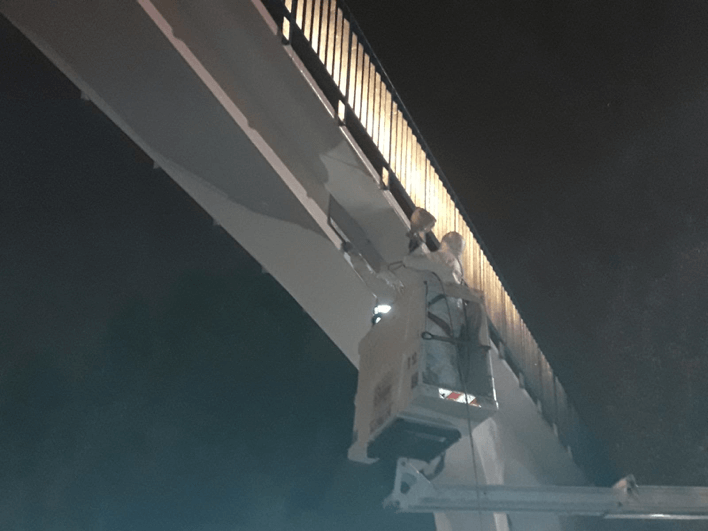
Work team applying the cork insulation
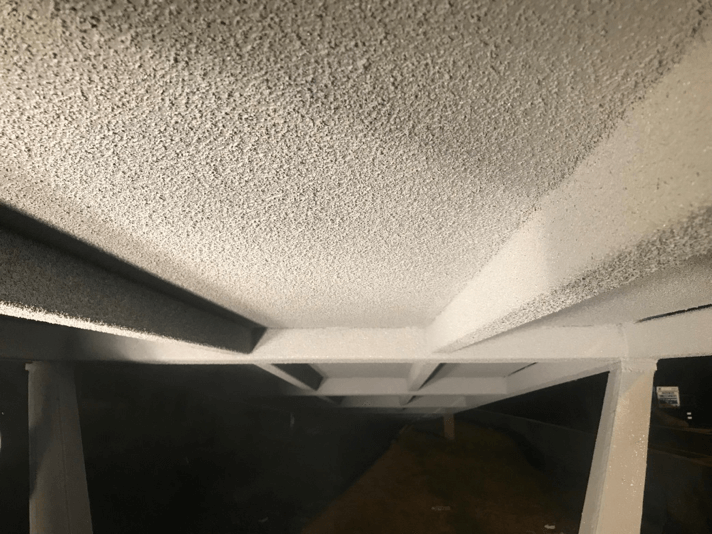
Details about the cork insulation’s membrane finish

Photo before the action on a bridge belonging to the link with the A-2
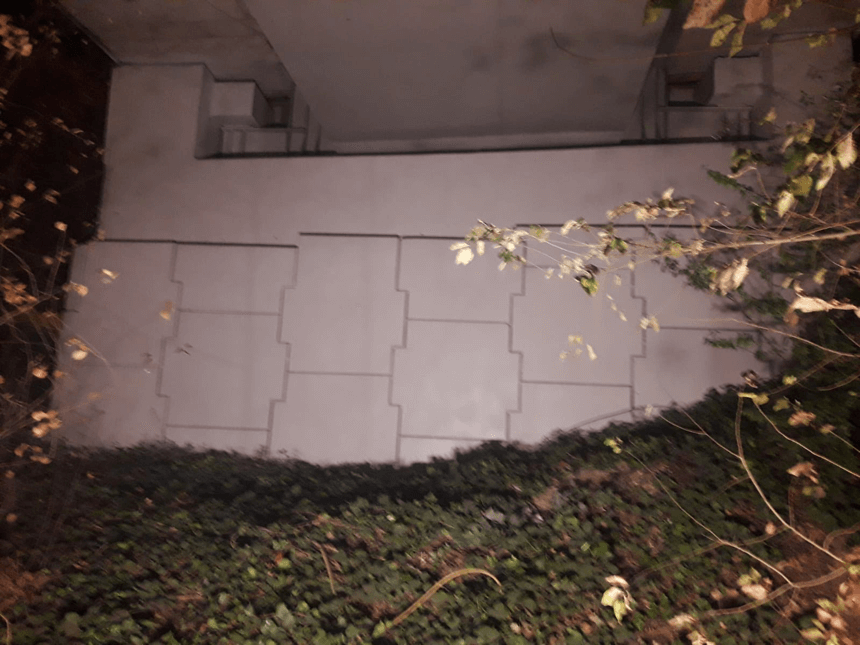
Photo after the action on a bridge belonging to the link with the A-2